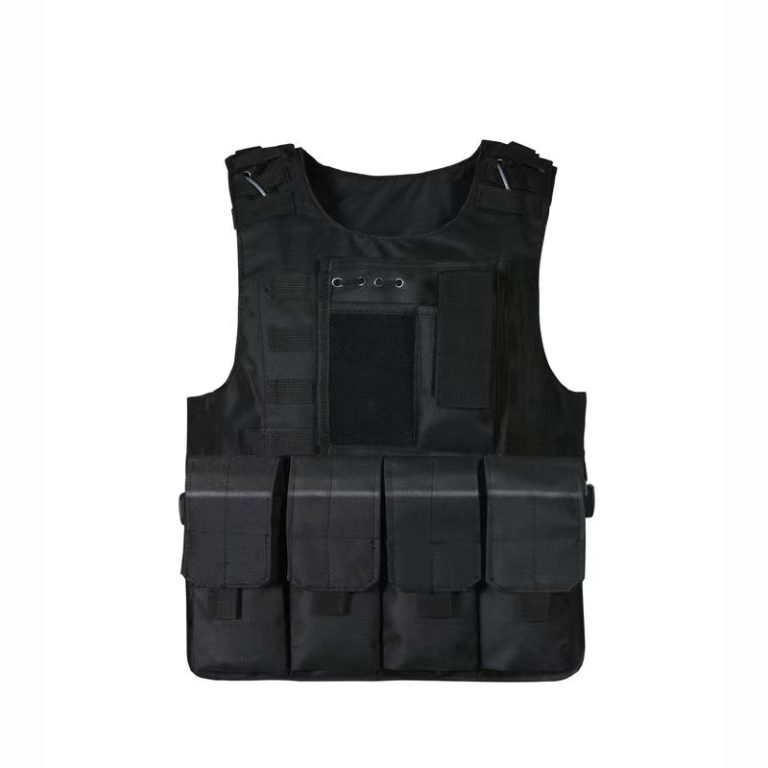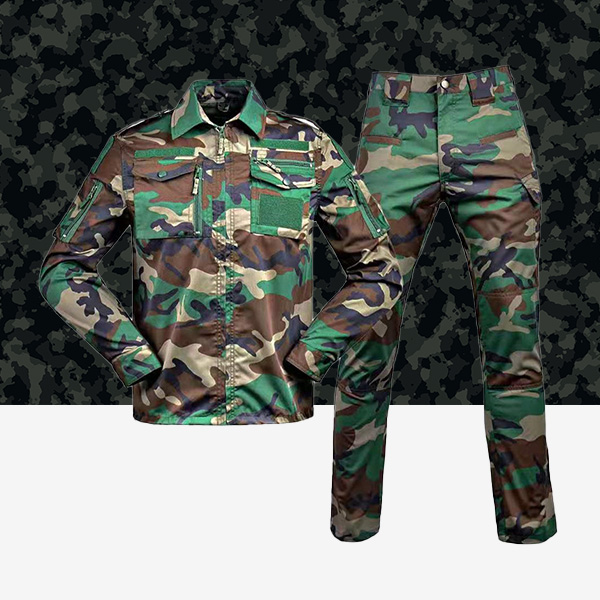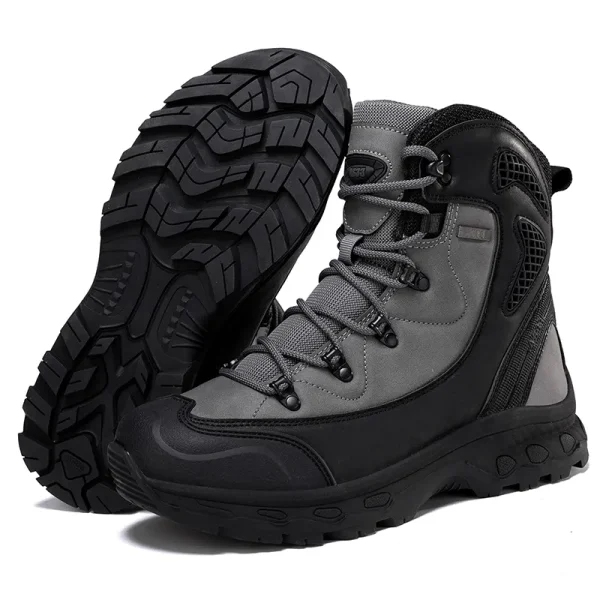The Origins and Evolution of Tactical Vests

The Military Roots of Tactical Vests
Tactical vests began in the military. They were created to help soldiers carry gear and stay somewhat safe. Early versions, called load-bearing equipment (LBE), used straps and pouches. These spread weight evenly across the chest and back. This design made it easier for soldiers to move and work.
As wars changed, so did the gear. During the Vietnam War, vests got better. New modular systems let soldiers adjust their equipment. These early designs set the stage for today’s tactical vests. They focused on being practical, tough, and flexible for battle.
How Combat Needs Shaped Early Vest Designs
Battlefields were tough places. Soldiers needed gear that could handle rough conditions. They also wanted quick access to tools and bullets. This led to MOLLE (Modular Lightweight Load-carrying Equipment) webbing. It lets soldiers attach pouches and gear as needed.
As dangers from guns and shrapnel grew, vests added protective parts. Materials like Kevlar were woven in. This turned tactical vests from simple carriers into life-saving gear. These changes made vests stronger and more useful in dangerous fights.

Transitioning from Military to Civilian Use
Over time, tactical vests moved beyond the military. Police started using them for crowd control and risky missions. Security workers liked how vests held radios, flashlights, and other tools neatly.
Now, regular people use them too. Outdoor fans wear them for airsoft or paintball games. Survivalists pack them for emergencies. Products like camouflage uniforms, military boots, tactical backpacks, tactical belts, tactical gloves, bulletproof vests, and bulletproof helmets are sold year-round. These items are popular for their strength and usefulness in many activities.
Key Components and Protective Features
Understanding Ballistic Protection Levels
Bulletproof tactical vests are rated by how well they stop bullets. The National Institute of Justice (NIJ) sets these standards. Lower levels block handgun bullets. Higher levels stop rifle shots.
A full set of bulletproof vests has an inner layer with 24/28/36 UD layers of aramid/PE and an EVA layer. This offers different protection levels based on the user’s needs.
Materials Used in Bulletproof Tactical Vests
Kevlar and Aramid Fibers
Kevlar is a top choice for bulletproof vests. It’s strong yet light, perfect for flexible armor. Aramid fibers are similar. They’re tough but not heavy. This makes them great for vests.
The inner layer uses aramid or PE fibers with EVA padding. This mix keeps users safe and comfortable during long wear.
Ceramic and Polyethylene Plates
For extra protection, ceramic plates are added to vest pockets. These plates break bullets on impact. But they may crack after several hits. Polyethylene plates are lighter and can take multiple hits. However, they cost more.
The chest has Velcro to attach a LOGO freely. The inner lining opens to insert a bulletproof plate. This lets users upgrade or swap protective parts easily.
Integration of Utility and Functionality
Modern bulletproof tactical vests have useful features. MOLLE webbing allows custom attachments. They work with hydration systems. Adjustable straps ensure a good fit. Breathable mesh linings keep users cool during long use.
The Quick-wear Tactical Vest has holes all around. Users can add accessories as they like. This makes it great for both professionals and regular people.
Modern Variations for Different Users
Women’s Tactical Vests: Design and Fit Considerations
Ergonomic Adjustments for Female Body Types
Women’s tactical vests have improved a lot. Older unisex models didn’t fit well. New designs are shaped for women’s bodies. They keep protection and movement strong.
Adjustable shoulder straps and waistbands help. Bust-friendly panels ensure a snug, cozy fit. This is key for long or intense tasks.
Balancing Protection with Comfort
Women’s vests use lighter materials like PE plates. Breathable mesh fabrics add comfort. Padding is placed at pressure points, like shoulders and lower back. This keeps users comfortable without losing safety.

Tactical Tool Vests for Utility and Professions
Features for Law Enforcement, Security, and Rescue Teams
Tactical tool vests are made for professionals in tough jobs. They need quick access to gear in high-stress moments. We offer OEM/ODM for tactical and security products. Each vest meets specific needs, like radio holsters, flashlight loops, or medical kit pockets.
Storage and Accessibility in Everyday Scenarios
Regular people also use these vests. They’re great for hiking or emergency prep. The modular design lets users add parts as needed. Whether holding maps or water packs, these vests keep things organized on the move.
Civilian Applications of Tactical Vests Today
Personal Safety in High-Risk Environments
In places with unrest or crime, people wear bulletproof tactical vests for safety. Lightweight models protect without being obvious. They allow easy movement.
A bulletproof insert inside the neckband adds extra defense. This is valued by journalists or aid workers in dangerous areas.
Recreational Uses: Airsoft, Paintball, and Outdoor Sports
Airsoft players like lightweight vests with MOLLE attachments. These mimic real combat gear but skip heavy ballistic plates. Paintball players choose padded designs. These absorb hits and hold extra ammo or tools.
Thickened cotton pads inside make vests comfy for long outdoor games. They’re perfect for adventure sports.
Preparedness and Self-Defense Enthusiasts
Preppers add tactical tool vests to emergency kits. They’re useful for storage and can include knife-resistant fabrics or hidden carry options. The one-pull quick-on-and-off design allows fast use. This is vital in self-defense situations where time matters.
FAQ
Q1: What is the difference between a bulletproof vest and a regular tactical vest?
A bulletproof vest has ballistic panels to stop bullets. A regular tactical vest focuses on storage. It only offers protection if plates are added.
Q2: Are women’s tactical vests less protective than men’s?
No, they provide the same protection. But they’re shaped for women’s bodies with adjustable parts for a better fit.
Q3: Can I use a military-grade vest for recreational activities like airsoft?
Yes, but remove ballistic plates if not needed. They add extra weight for non-combat games like airsoft or paintball.
Q4: What material is best—Kevlar or PE?
Kevlar is flexible. PE is lighter but pricier. Choose based on your needs: mobility or maximum protection.




